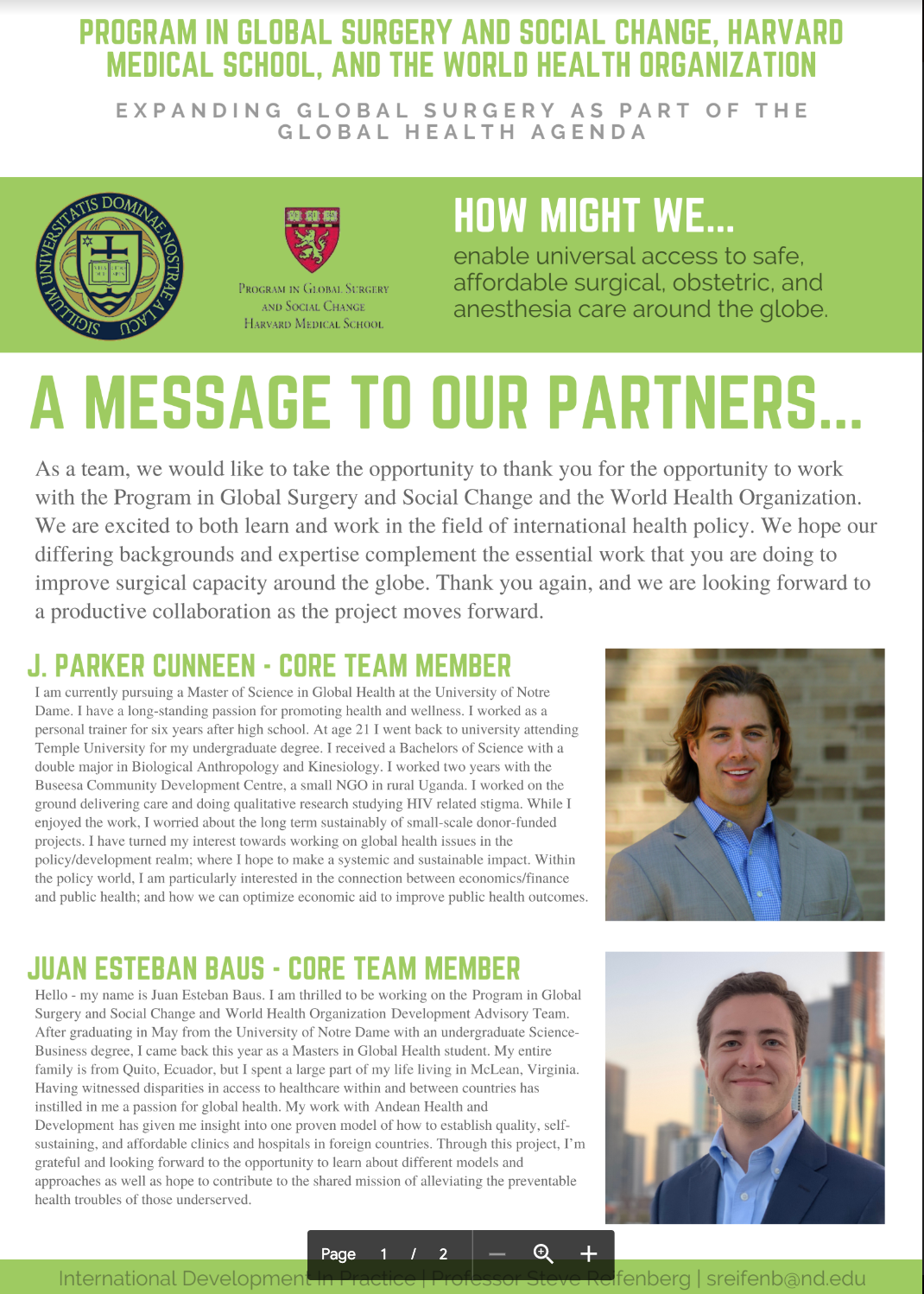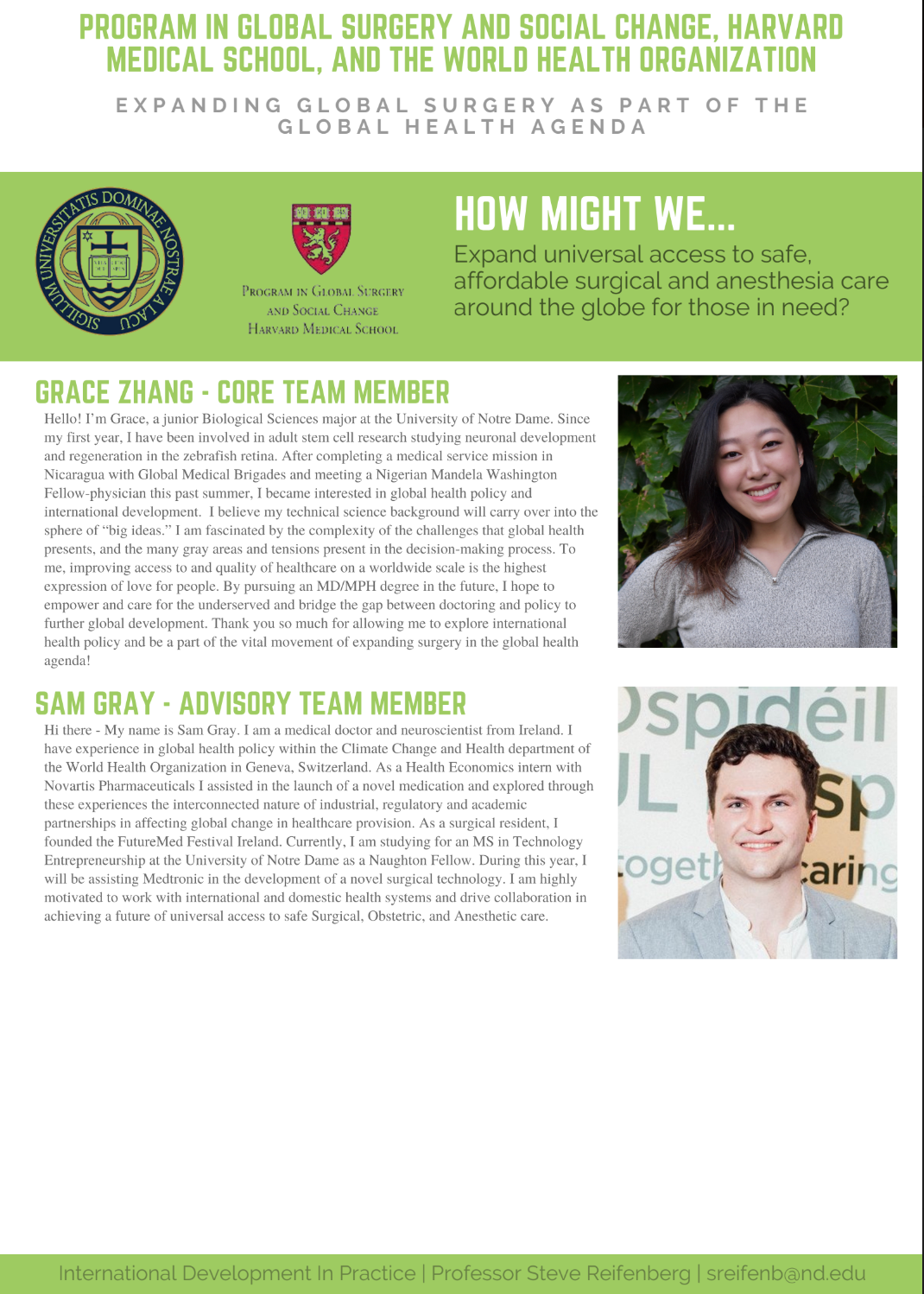National Institute for Respiratory Diseases, Mexico
Project Background:
The Tobacco Clinic (TC) at the National Institute of Respiratory Diseases (INER) aims to provide support to all smoking patients so that they can quit such a habit in Mexico. Currently, TC provides care to more than 300 patients with an 85% success rate once treatment is finished, 50% at 6 months and 35% at one year after treatment. Through a multidisciplinary team of medicine, psychology, nursing, and nutrition, the Clinic has a cognitive-behavioral program made of 10 group or individual sessions for 5 weeks. This program also includes medical consultation along with pharmacologic treatment to improve therapy outcomes. The whole Clinic’s program is available to the general population: any patient can enter the program. The cost of the sessions is decided according to a socioeconomic level study which varies between $20 and $200 USD. In case pharmacologic treatment is required, the patient will probably spend between $40 and $400 USD depending on his or her needs.
Furthermore, there is a monthly support session for ex-smokers to strengthen addiction cessation through three objectives: 1) Continuous professional interaction with patients so that follow up can be completed; 2) Connection with people ranging on different stages of the smoking cessation process; 3) Provide information regarding the impact tobacco has on patients’ health so that abstinence can be reinforced.
Besides its welfare component, the Clinic has a very important clinical research component, trying to associate different consumption patterns with genetic and functional variations, symptoms and patient prognosis. The TC is currently including dual users (patients that smoke both tobacco and marijuana) in its research and care groups. Moreover, the Clinic is nowadays the headquarters for the Interinstitutional Committee for Tobacco Control, a working group that gathers key stakeholders in private, public and hospital Institutions around Tobacco Control policies.
Definition of Opportunity:
Despite its 30 years of experience, the TC has not compared its model to other successful models for tobacco cessation. Nor has it expanded its influence through e-health. The TC has a limited impact mostly because its population comes almost exclusively from the patient population from inside INER. This limits most of its focus on patients older than 50 years with an already existent pulmonary and/or chronic disease. Thus, there is a need to attract younger populations. Moreover, there is a wide gap of knowledge regarding a patient who has drug addictions that can affect the lung such as inhaled polymers, cocaine and others. For this, the Clinic is currently trying to launch an app that can provide support for patients who want to quit smoking and at the same time feed the TC with data useful for research. Additionally, our Interinstitutional Committee has important and yet unused talent due to a lack of social communication and PR strategies.
Initial ideas:
Comparative work from what the TC does, compared with what other evidence-based centers are doing is extremely useful. Moreover, being able to compare what differences exist between developing and developed countries can help the Clinic find the middle ground that could scale its impact. Specifically exploring the following topics:
Best examples of Tobacco Cessation Group Session strategies
Tobacco Cessation Center’s outcome tracking and impact measurement
Use of e-health strategies to scale the Clinic’s impact
Successful Strategies for Tobacco Control Committees.
What does success look like:
Specific deliverables regarding the four areas shown above would help the Clinic greatly. Any further development of each one of these comparative tasks into an actual application to the TC would be most welcome. For example, if based on a comparative table of other Tobacco Center’s main impact measures, the team could aid the Clinic in creating its own or our joint project would really make a lasting difference.
Meet the Team:
Final Deliverable





